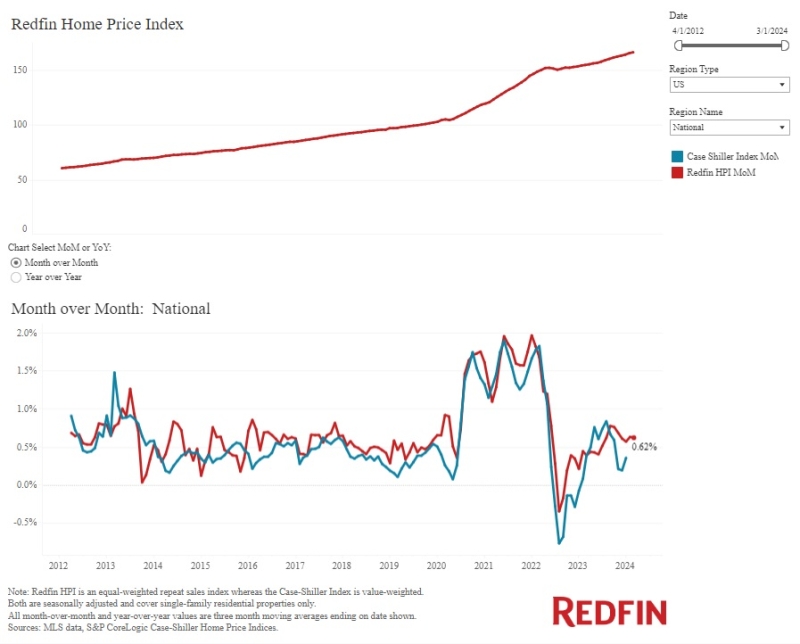Advertisement
CFPB Publishes Ability-to-Repay Rule

On Jan. 10, 2013, the Consumer Financial Protection Bureau (CFPB) published its long-anticipated Ability-to-Repay Final Rule. Under the provisions of the rule, effective Jan. 10, 2014, creditors will be required to make a reasonable, good faith determination of a consumer’s ability to repay any consumer credit transaction secured by a dwelling (excluding an open-end credit plan, timeshare plan, reverse mortgage, or temporary loan). The rule provides four methods of complying with the ability-to-repay requirement:
►Making a general determination of ability to repay by evaluating eight underwriting factors.
►Originating a Qualified Mortgage (QM), which creates a “safe harbor” for QMs that are not Higher-Priced Mortgage Loans (HPML) and a rebuttable presumption of compliance for QMs that exceed the HPML thresholds.
►Originating a Rural Balloon Payment Qualified Mortgage, if the lender is a small creditor operating predominantly in rural or underserved areas, and if the loan is held in portfolio.
►Refinancing a “non-standard mortgage” into a “standard mortgage.”
Because of the protections provided by the safe harbor, it is expected that many lenders will decide to offer only loans that meet the definition of a QM. A QM may not have the product features listed below:
►Negative amortization, interest-only payments, balloon payments.
►Loan term greater than 30 years.
►“No documentation” feature, where the creditor does not verify income, assets, or current debt obligations, including alimony and child support.
►Points and fees exceeding three percent of the total loan amount, with certain exclusions.
QMs must also meet certain underwriting criteria, as described below:
►The monthly payment used to qualify the borrower must be calculated based on the highest payment that will apply in the first five years of the loan.
►The consumer must have a “back-end” debt ratio that is less than or equal to 43 percent.
Alternatively, under temporary “special rules,” the loan may be treated as a QM if it satisfies the criteria for regular periodic payments, has a maximum 30-year term, maximum points and fees do not exceed three percent of the total loan amount, and is eligible for purchase or guarantee by Fannie Mae or Freddie Mac under conservatorship or a limited-life regulatory entity successor to either; insurance by HUD/FHA or the RHS, or a guarantee by VA or the U.S. Department of Agriculture. These rules expire on the effective date of a QM rule issued by these agencies, or Jan. 10, 2021, whichever comes first.
In addition, the final rule also implements the Dodd-Frank Act provisions limiting prepayment penalties and establishes a requirement that creditors retain evidence of compliance with the rule for three years after a loan covered by the rule is consummated.
Immediately following the publication of the Ability-to-Repay rule, the CFPB published two additional rules, and within 10 days, had published four more. The final rules total over 3,000 pages with effective dates ranging from June 1, 2013-Jan. 18, 2014. It’s been noted that the pages are double spaced, but even so, that’s a staggering amount of regulation for any financial institution to read, digest and comply with. The beginning of this so-called “Year of Implementation” is the time to identify the basic issues associated with compliance—ensuring a full understanding of the rules and how they interrelate, and identifying any changes that might be needed to product offerings, pricing and fees. Careful analysis now will allow your business to maintain … or perhaps even gain … momentum in 2014.
Laurie Spira is chief compliance officer with Torrance, Calif.-based DocMagic Inc. She may be reached by phone at (800) 649-1362, ext. 6446 or e-mail [email protected].
About the author





